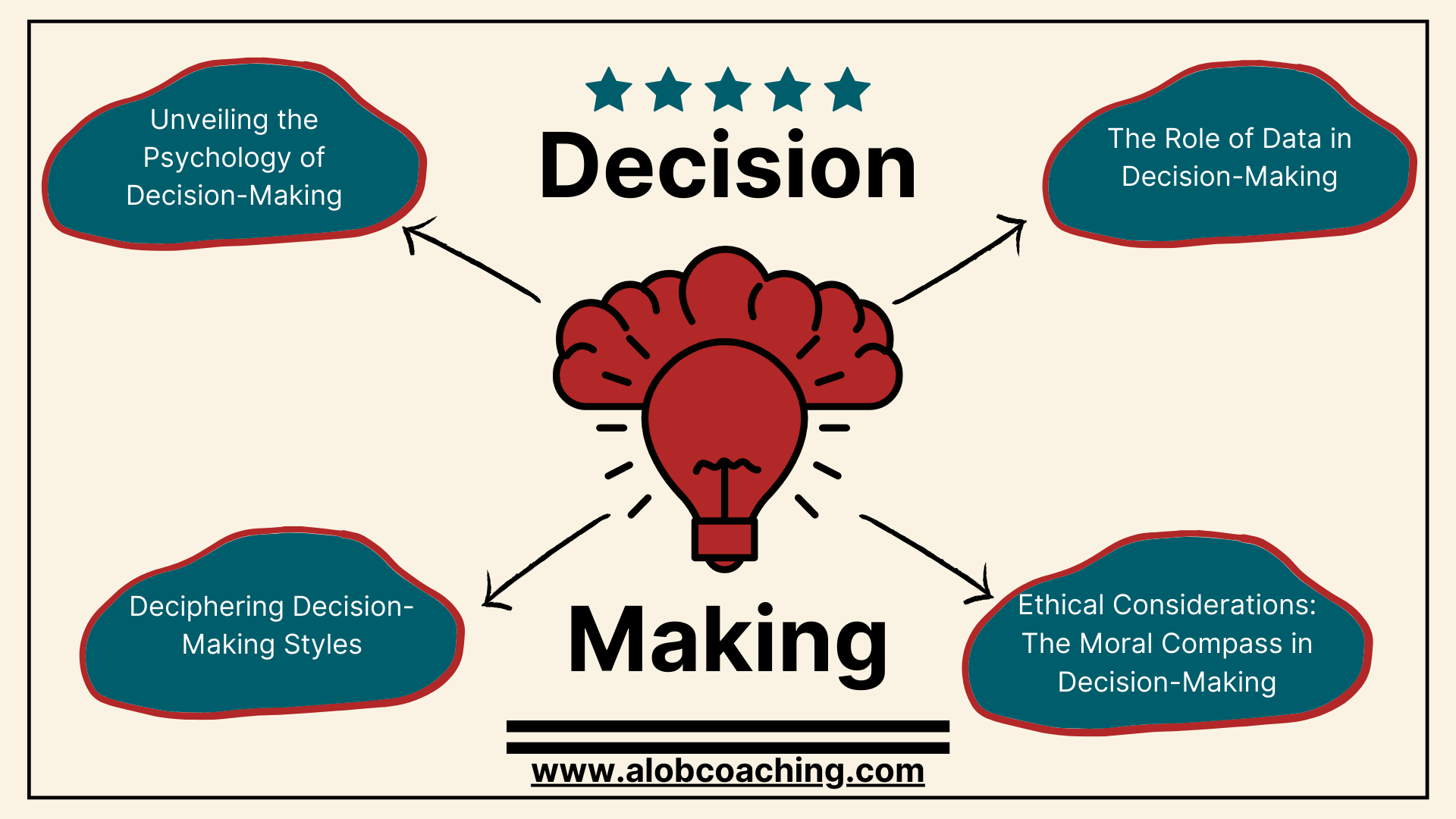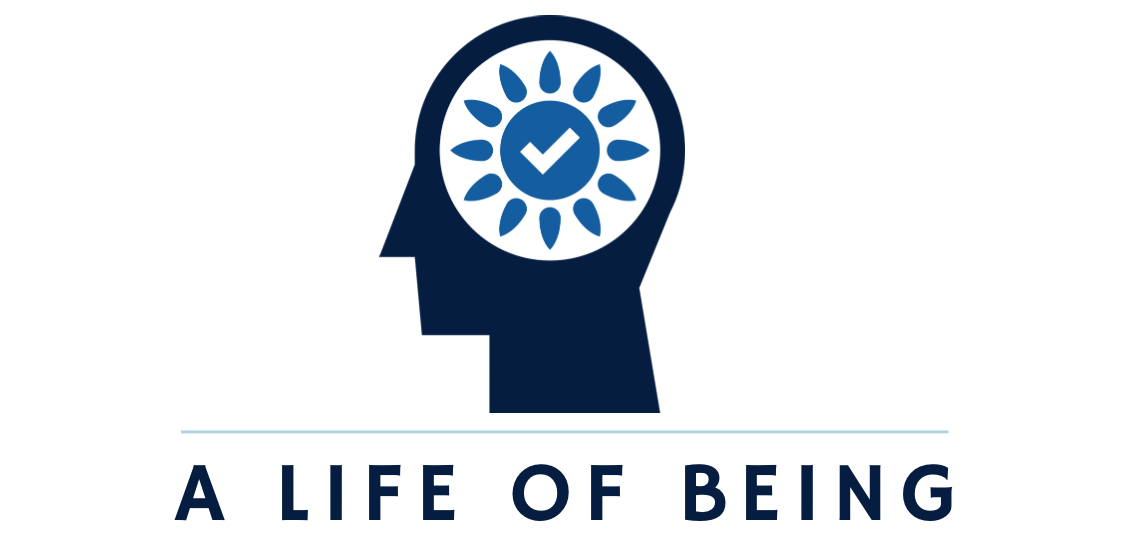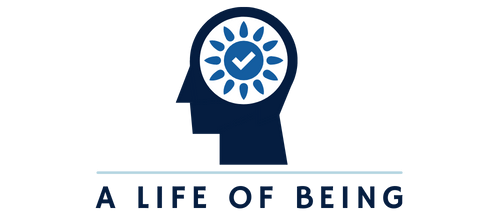Mastering the Goal-Setting Process
In the realm of leadership and the ever-changing landscape of the workplace, one concept emerges as a guiding star towards success and well-being – the art of setting SMART goals.

In Deloitte’s Article, "In the zone: SMART goals, nudges, and the power of flow," research sheds light on the profound influence of goal-setting on attaining the elusive flow state. In an era characterized by unprecedented shifts in the work landscape – from pandemic disruptions to historic labor shortages – the world of work is undergoing a transformative journey riddled with stress and uncertainty.
A recent Gallup report underscores this reality, revealing a substantial rise in stress coupled with plummeting engagement, resulting in a staggering loss of nearly US$8.1 trillion, equivalent to about 10 percent of the global GDP. Amid 25 million resignations between January and July 2021 and 40 percent of the global workforce considering job changes, the challenges for organizations are monumental.
Amid this turmoil, organizations are recognizing the urgency of addressing workforce stress and bolstering engagement to retain valuable talent. The 2021 Deloitte Global Human Capital Trends Report emphasizes the need to reshape work environments for enhanced engagement, creating a foundation for instilling purpose and meaning in the workforce. This shift, in turn, lays the groundwork for individuals to experience the coveted flow state, renowned for its ability to reduce stress, enhance engagement, and elevate performance. But what exactly is this flow state, and how can individuals and organizations cultivate it within the present work milieu?
The Marriage of Flow State and SMART Goals
The flow state, often regarded as an optimal state of human experience, is strongly associated with positive outcomes like enhanced performance, heightened engagement, and reduced burnout. However, despite its significance, the world of work has often been a blind spot in flow studies and interventions. This is where the research of Weintraub, Cassel, and Depatie becomes crucial, offering a fresh perspective by combining the power of SMART goal-setting with the pursuit of the flow state.
Traditional approaches to flow often consider individuals as passive recipients of favorable conditions for achieving it. The 2021 study challenges this notion by introducing an active element – nudging individuals to set SMART goals. SMART goals, Specific, Measurable, Achievable, Relevant, and Time-bound, have long been hailed for their effectiveness in guiding actions and generating concrete outcomes. The research suggests that integrating SMART criteria into goal-setting can catalyze the invitation of flow into the workplace.
Insights from the Experiment
The study conducted a 5-day experimental experience sampling, involving 65 American MTurk workers balancing full-time jobs and MTurk commitments. Participants in the goal-setting condition were encouraged to adopt SMART goals. The results were remarkable. Those who embraced the SMART goal-setting approach reported significantly higher instances of experiencing the flow state during work hours. This correlation led to reduced stress levels, elevated engagement, and a surge in perceived performance.
Diving deeper, the research uncovered intriguing dynamics. Individuals in the goal-setting group not only experienced increased flow levels but also maintained that state consistently throughout each day as the week progressed. In contrast, the control group without the goal-setting nudge experienced a decline in their flow state within the day. This highlights how SMART goal-setting fosters resilience within the flow experience, enabling it to thrive even amid daily challenges.
The research also explored the influence of different goal categories on daily flow experience. Mastery goals, aimed at skill enhancement, resource acquisition goals focused on gathering necessary tools, and understanding goals targeted at comprehending complex tasks, emerged as significant predictors of daily flow. This underscores the importance of aligning goals with personal growth, emphasizing that the choice of goals can significantly impact one's experience of flow.
The SMART Revolution Unleashed
The research marks a paradigm shift in how goal-setting is understood and its intricate connection with flow, stress reduction, engagement, and performance. By integrating SMART goal-setting into our professional lives, we not only tap into the potential of flow but also create a workspace marked by clarity, achievement, and continuous growth.
Flow, often dubbed "in the zone," manifests as an immersive and joyful mental state achieved when individuals are optimally challenged and fully absorbed in their tasks. This state is characterized by:
Clear Goals: Providing clear direction.
Balanced Challenge: Offering stimulation without overwhelming.
Feedback Loop: Regular feedback on ongoing tasks.
Concentration and Control: A deep sense of concentration and mastery.
Flow frequently emerges during periods of deep concentration or creative pursuits, correlating with positive outcomes like heightened performance and increased engagement. A recent study underscores this link, establishing that experiencing flow at work leads to reduced stress and heightened engagement and performance. This understanding prompts the question: How can we open the doors to flow within the workforce, capitalizing on its benefits for both individuals and organizations? The answer, it appears, lies in adopting a more "SMART" approach.
Unleashing the Potential of SMART Goals
Goal-setting has long been recognized as a driver of performance. However, specificity is the key. For example, well-defined and challenging goals consistently yield better performance across various settings compared to vague objectives. Moreover, the frequency and clarity of goals play a pivotal role. Daily goals, in particular, alleviate stress by offering clear directives for action. The crucial connection here is that crafting precise goals is integral to unlocking the engagement and performance benefits of the flow state. However, not all goals are created equal.
Enter the "SMART" framework – an incredibly effective approach to goal-setting. SMART goals are:
- Specific
- Measurable
- Attainable
- Relevant
- Time-bound
This approach stands in contrast to vague aspirations like "achieving greatness." Instead, a SMART goal could be as precise as "closing five deals by the end of the day." The research findings suggest that setting goals which challenge and align with skill development effectively nurture the flow state. This underscores how SMART goals streamline work, spark achievements, and channel focus, nurturing an environment conducive to the flow state.
While SMART goal-setting might appear straightforward, its impact is substantial. To ensure the benefits of flow are consistently embraced, integrating "nudges" into the process emerges as a potent strategy. Nudges, a concept championed by Nobel Prize-winning authors Richard Thaler and Cass Sunstein, gently steer individuals towards choices that lead to positive outcomes.
The incorporation of SMART goal-setting nudges is both scalable and transformative. Nudges can be as simple as a reminder on your device or an email encouraging you to set three SMART goals before your first meeting. This approach has been proven to elevate daily flow and sustain it throughout the work week. These nudges serve as gentle yet powerful prompts, nudging individuals to engage in the often-overlooked task of setting SMART goals, nurturing the flow state.
The Contribution of the PERMA Model
The journey towards effective decision-making and the flow state doesn't end with SMART goals and nudges. The renowned PERMA model, developed by psychologist Martin Seligman, is another essential piece of the puzzle. This model encapsulates five elements – Positive Emotions, Engagement, Relationships, Meaning, and Accomplishment – that contribute to well-being and flourishing.
The Start Seeing Results Method
To delve deeper into this transformative process, the Start Seeing Results method becomes an invaluable resource. This method unveils actionable strategies to implement the PERMA Process in daily life. By aligning goals with the PERMA elements and integrating SMART goal-setting, leaders can embark on a journey of empowered decision-making, profound growth, and enhanced leadership influence.
In a world of rapid changes and escalating challenges, effective decision-making and the flow state stand as beacons of leadership excellence. By infusing the power of SMART goals, strategic nudges, the PERMA model, and the S+PERMA Process, leaders can navigate the complexities of the modern workplace with confidence and resilience. This holistic approach doesn't just enhance performance and engagement but fosters a culture of purpose, well-being, and success.
Explore the Leadership Influence IQ
To further empower your leadership journey, dive into the Leadership Influence IQ. Discover the domains that contribute to effective leadership and learn how to navigate and overcome life's challenges with confidence. This comprehensive assessment evaluates your engagement in each domain, offering insights into leadership strengths and areas for growth. By assigning a score for each domain, you'll gain valuable insights into your leadership strengths and areas that may require further development. With clarity and purpose, you'll embark on a journey of personal growth and improvement as a leader.
Your Leadership Influence IQ will give you a score out of 100 to find out if you are an:
- 🌟 Exceptional Leader (85-100)
- 💪 Strong Leader (70-84)
- 🚀 Developing Leader (55-69)
- 🌱 Emerging Leader (40-54)
- 📈 Opportunity for Growth (0-39)
This assessment is not about comparison; it's about assessing your progress and potential. Embrace the opportunity for growth, set ambitious yet achievable goals, and continually strive to amplify your leadership influence.
Explore the Leadership Influence IQ here.
The Blog


a b c d e f g h i j k l m n o - Do not remove from template!!! it is important to support different fonts



